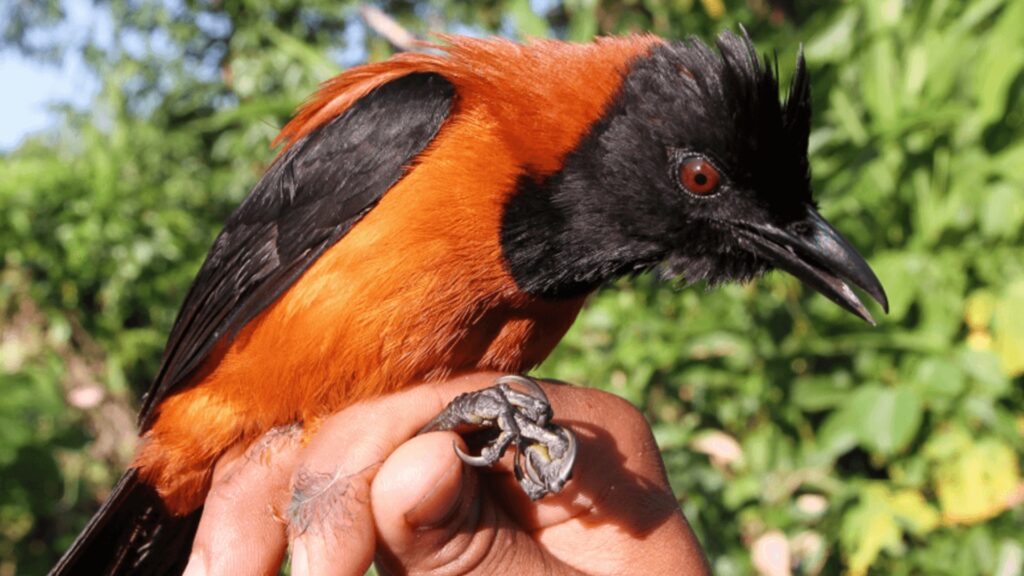
Deep in the dense rainforests of New Guinea resides a small bird that has captured the attention of scientists and nature enthusiasts alike: the hooded pitohui. Unlike the vibrant colors or melodious songs that make most birds remarkable, the pitohui is renowned for its unique defense mechanism. This seemingly innocuous bird carries a potent toxin that rivals some of the deadliest animals on the planet.
Discovery of a Toxic Avian Marvel
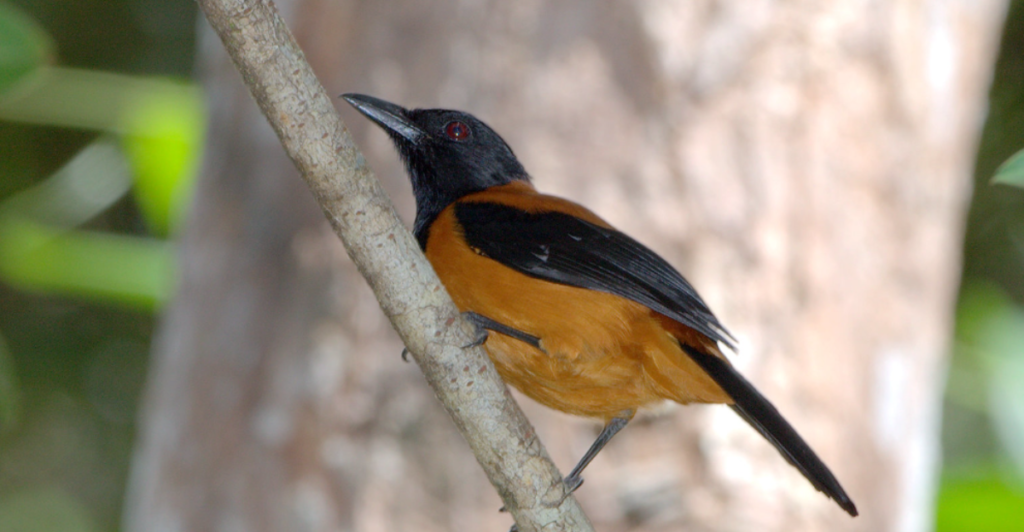
The hooded pitohui’s toxicity was first discovered in the 1990s when scientists handling the bird reported a burning sensation and numbness. These symptoms led researchers to investigate the cause, ultimately revealing that the bird’s feathers and skin were laced with batrachotoxin. This neurotoxin, which disrupts nerve and muscle function, is also found in poison dart frogs, making the pitohui one of the few known toxic birds.
The Origin of the Poison
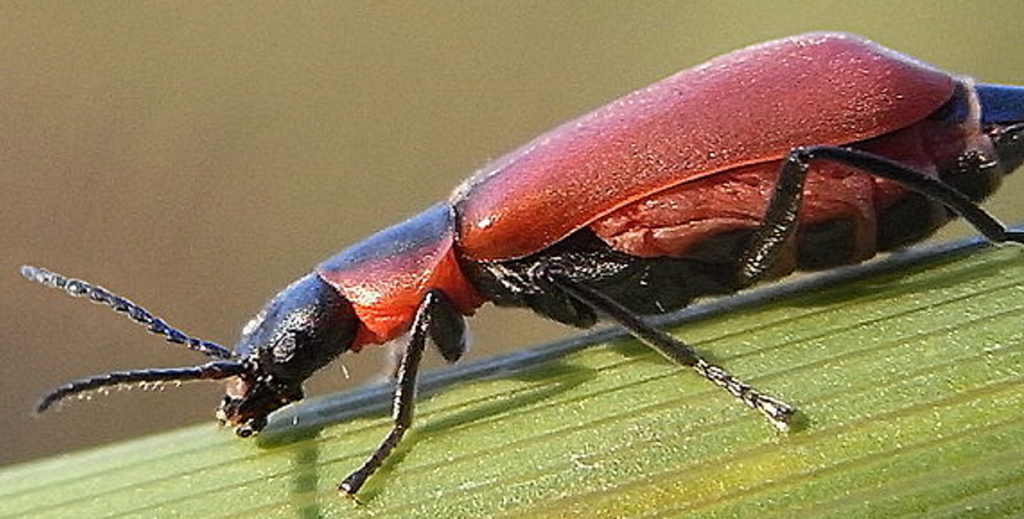
Research indicates that the hooded pitohui does not produce batrachotoxin independently. Instead, it acquires the toxin through its diet, primarily consuming Choresine beetles, which contain the deadly substance. The pitohui’s ability to sequester and store this toxin in its feathers and skin is a remarkable example of evolutionary adaptation for self-defense.
A Natural Defense Mechanism
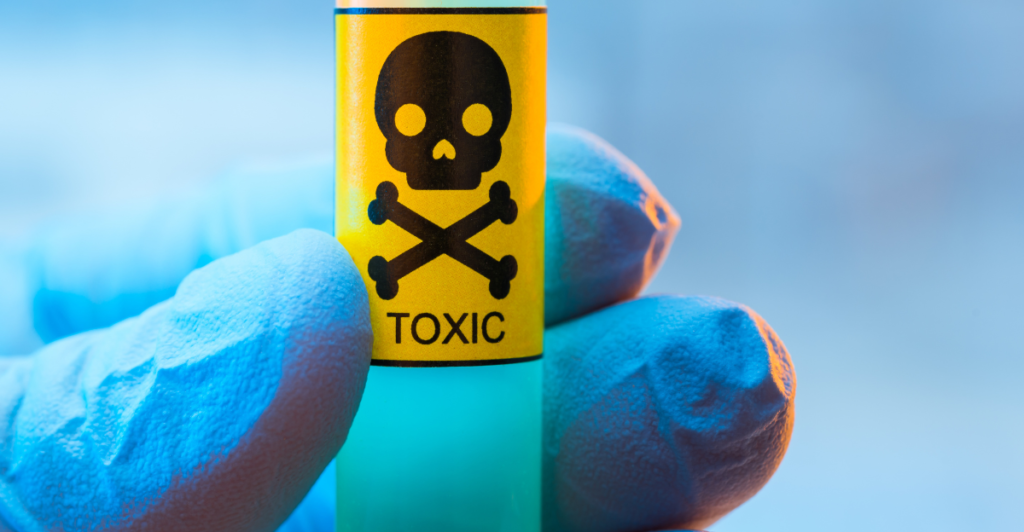
The presence of batrachotoxin in the hooded pitohui serves as a deterrent against predators. Birds of prey and other potential threats are unlikely to attack or consume the pitohui due to the risk of poisoning. This defense mechanism not only ensures the survival of the pitohui but also positions it as a fascinating subject in the study of evolutionary biology.
Implications for Human Interaction

For humans, direct contact with the hooded pitohui is generally rare, given its habitat in remote rainforests. However, locals have long been aware of the bird’s toxic nature, often referring to it as “rubbish bird” due to its inedibility. Scientists handling the bird take precautions to avoid exposure, highlighting the importance of understanding and respecting wildlife’s natural defenses.
The Role of the Ecosystem

The hooded pitohui plays a vital role in its ecosystem, serving as both predator and prey. Its diet helps control insect populations, while its toxicity impacts predator-prey dynamics. The presence of batrachotoxin in the pitohui and its prey indicates a complex ecological relationship that underscores the interconnectedness of rainforest species.
Potential Medical Applications

The study of the hooded pitohui’s batrachotoxin has opened doors to potential medical applications. Researchers are exploring how this toxin could inspire new painkillers or treatments for certain medical conditions. By understanding how the toxin interacts with the nervous system, scientists hope to develop novel therapies that could benefit human health.
Conservation Concerns
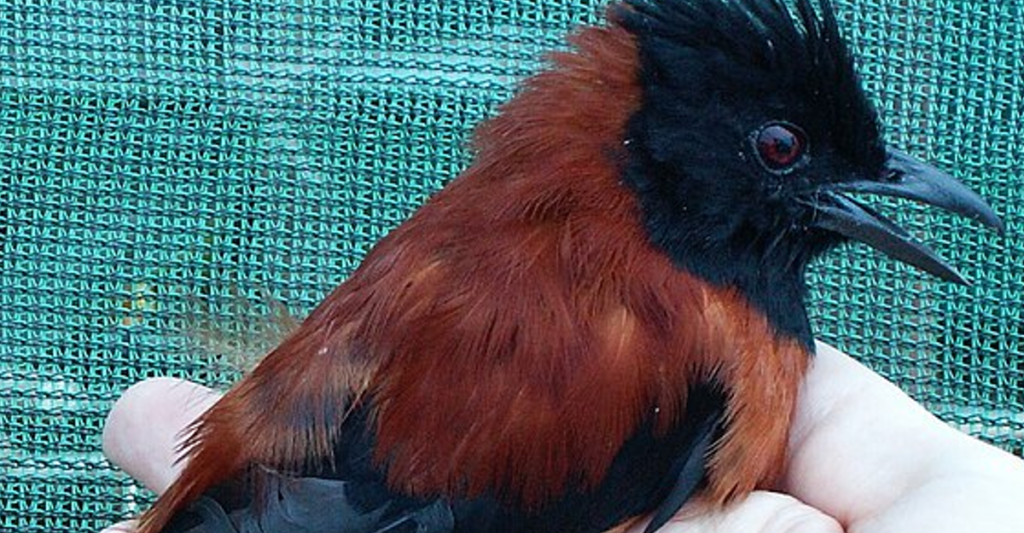
Despite its toxic nature, the hooded pitohui faces threats from habitat loss and environmental changes. Deforestation in New Guinea poses a significant risk to the pitohui’s habitat, potentially disrupting the delicate balance of its ecosystem. Conservation efforts are crucial to preserving the biodiversity of the region and protecting unique species like the hooded pitohui.
Broader Impacts on Biodiversity
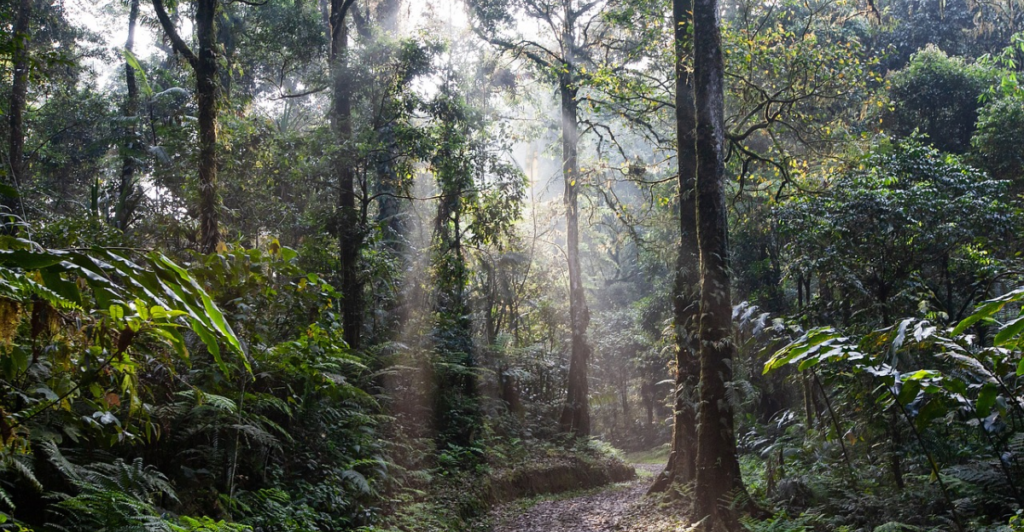
The hooded pitohui is a reminder of the rich biodiversity found in New Guinea’s rainforests. Its existence challenges traditional views of birds and their capabilities, showcasing the incredible diversity of life on Earth. Protecting such species ensures the preservation of ecological knowledge and the continued study of evolutionary marvels.
A Symbol of Nature’s Complexity
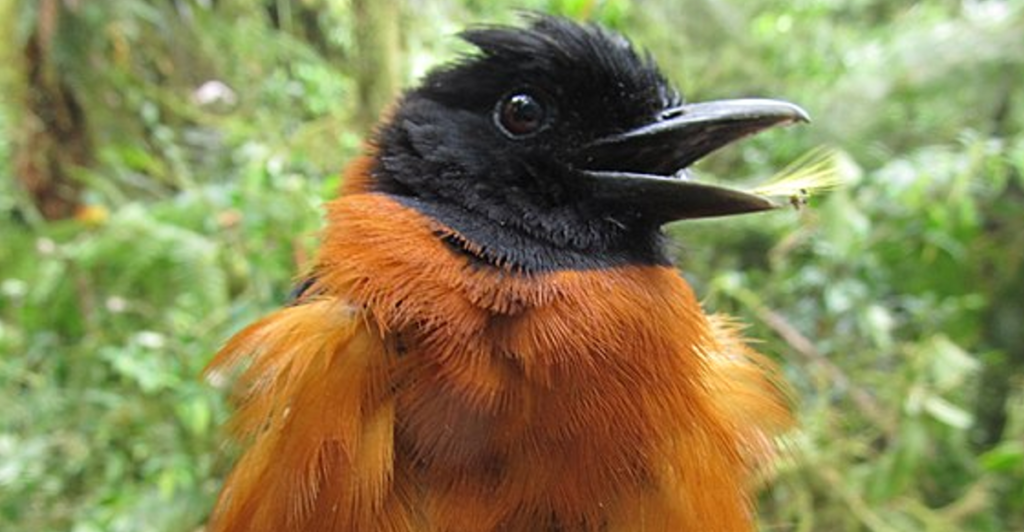
The hooded pitohui embodies the complexity and ingenuity of nature’s design. Its ability to harness a deadly toxin for survival is a testament to the intricate adaptations that occur in the natural world. The study of this bird provides insight into the myriad ways organisms evolve to thrive in their environments.
Ongoing Research and Discoveries

Scientists continue to study the hooded pitohui to uncover more about its biology and ecological role. Recent research focuses on the genetic basis for toxin resistance in the bird and its interactions with other species. Each new discovery adds to the understanding of this unique avian and its place in the natural world.
Raising Awareness
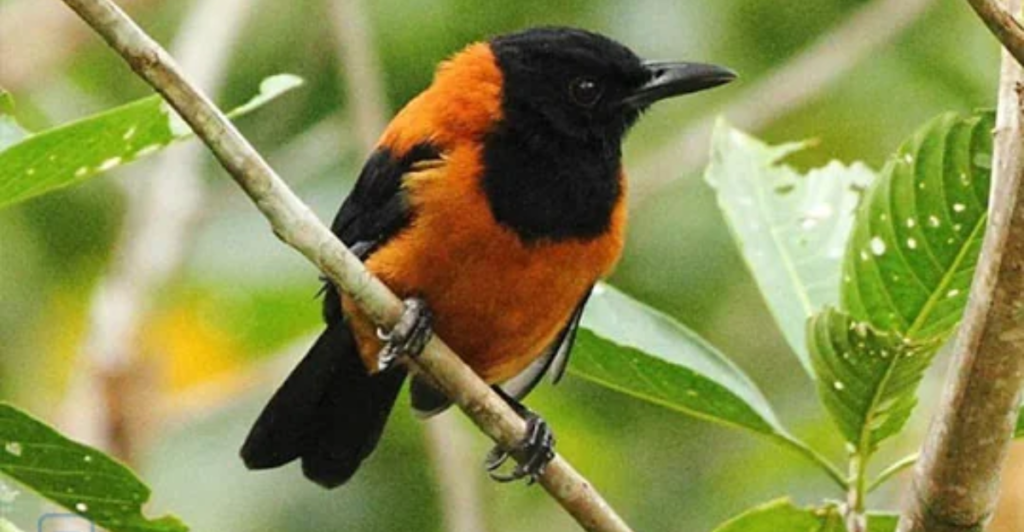
Increasing awareness about the hooded pitohui can help foster appreciation for the diversity of avian life and the importance of conservation. Educational initiatives and ecotourism can play a role in highlighting the significance of preserving the habitats where these birds reside. By learning about such species, people can better understand the need for global biodiversity conservation.
The Legacy of the Toxic Bird
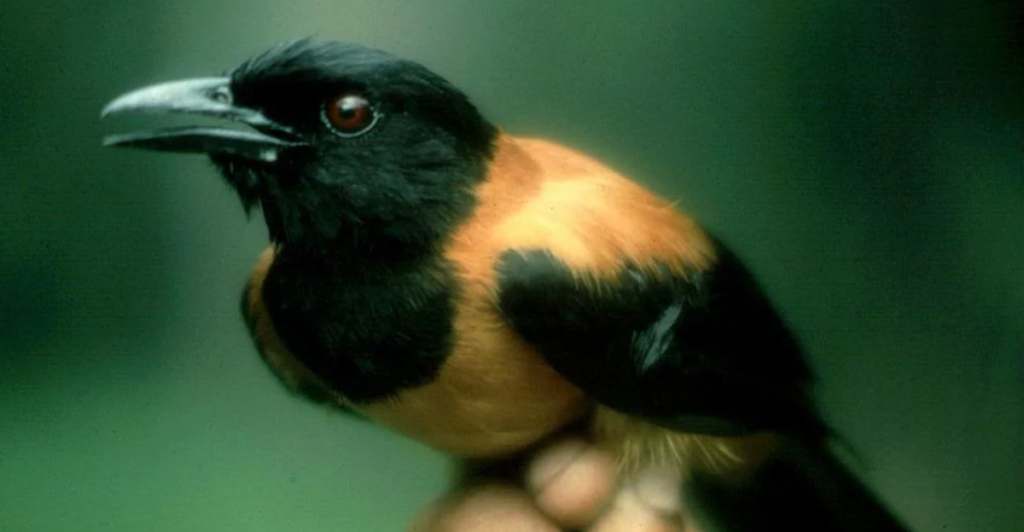
The hooded pitohui stands as a remarkable example of evolutionary adaptation and ecological complexity. Its lethal feathers are a reminder of nature’s ingenuity and the need for continued research and conservation efforts. As scientists delve deeper into the mysteries of this toxic bird, the hooded pitohui continues to captivate and inspire, leaving an indelible mark on the study of wildlife.
Discover more of our trending stories and follow us to keep them appearing in your feed

Deepest Hole On Earth Permanently Sealed After 2 Billion Year Old Discovery
The 13 Fastest Flying Animals in the World Ranked
12 Fierce Birds That Patrol Rocky Horizons
12 Reasons Birds Seem to Vanish After Sunset
Stay connected with us for more stories like this! Follow us to get the latest updates or hit the Follow button at the top of this article, and let us know what you think by leaving your feedback below. We’d love to hear from you!







